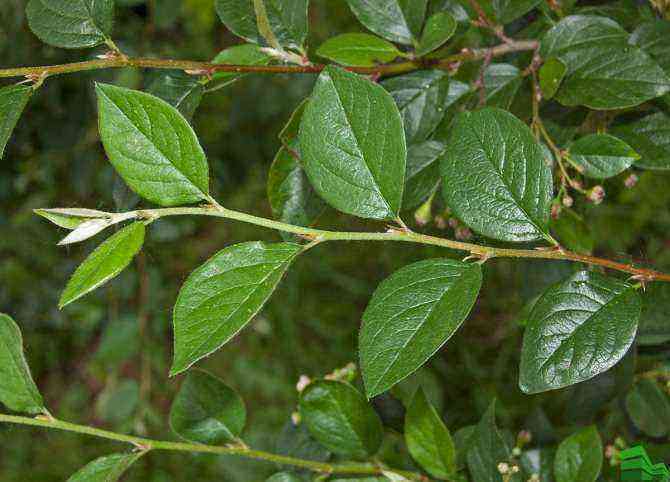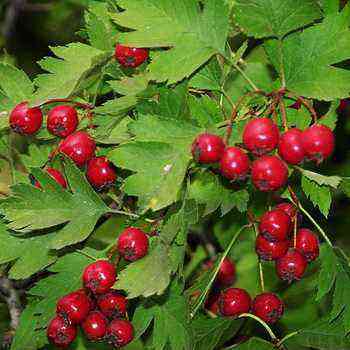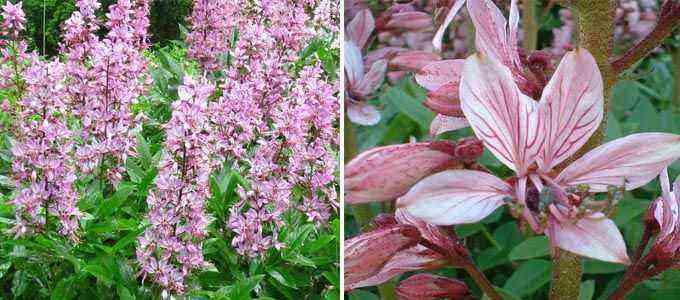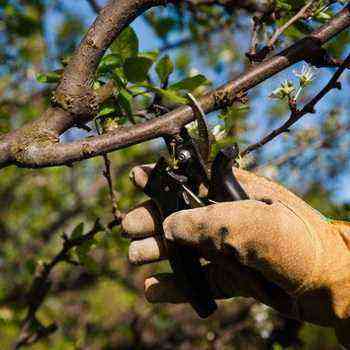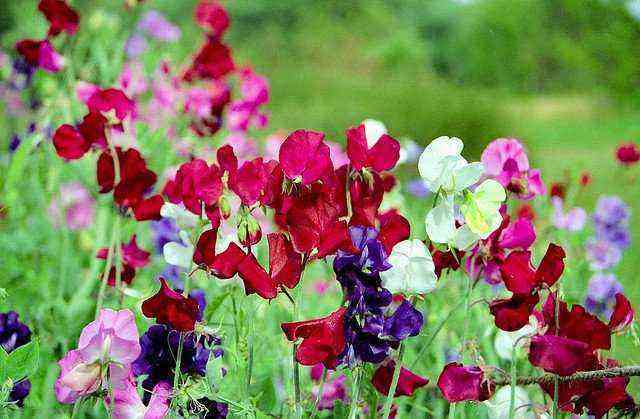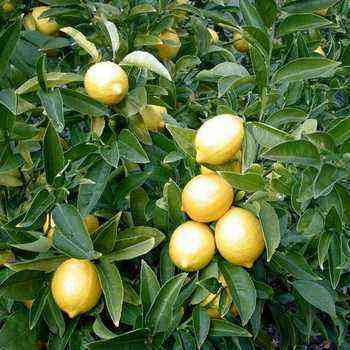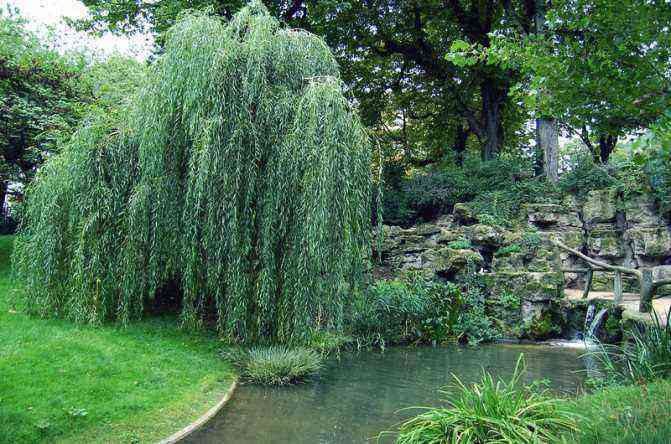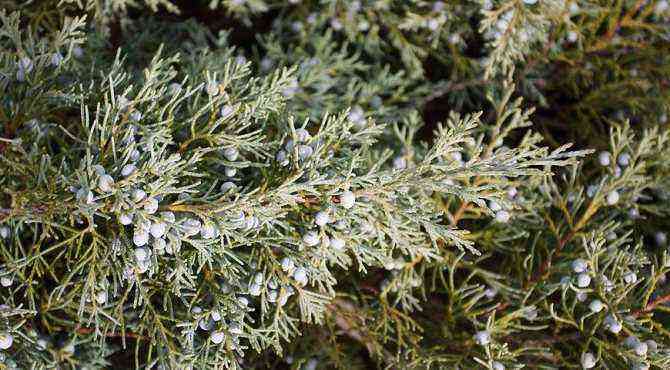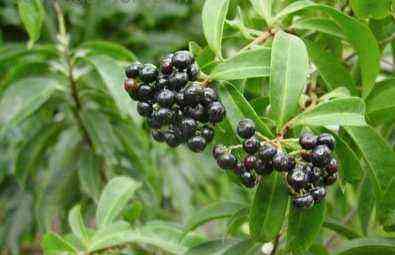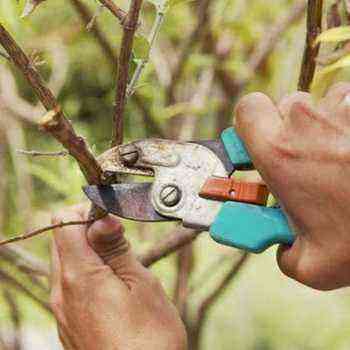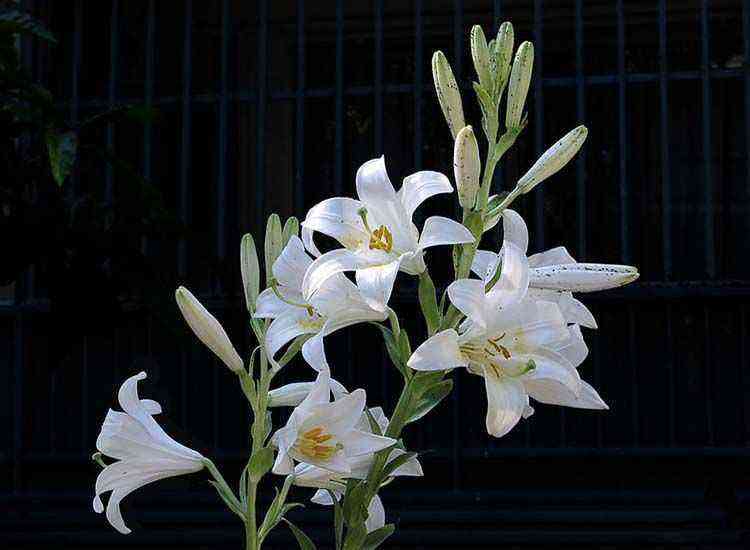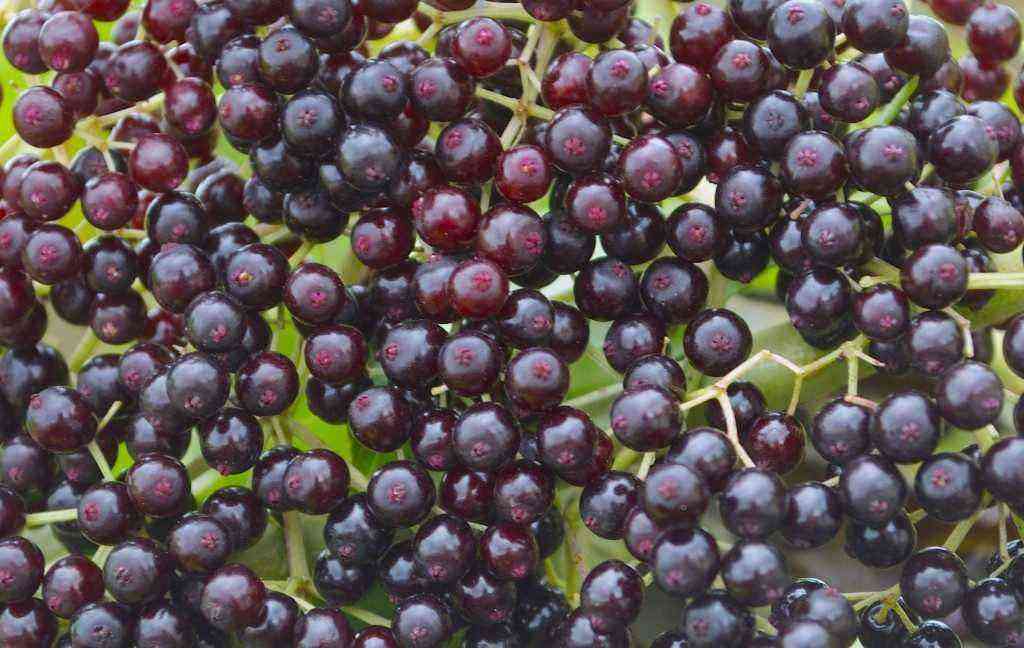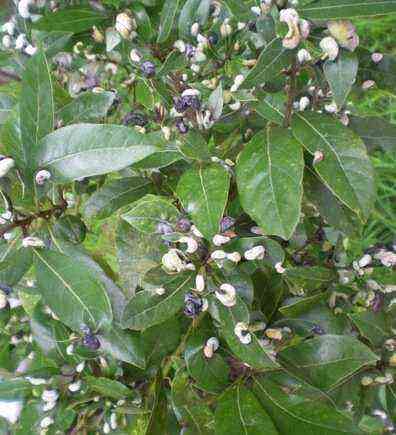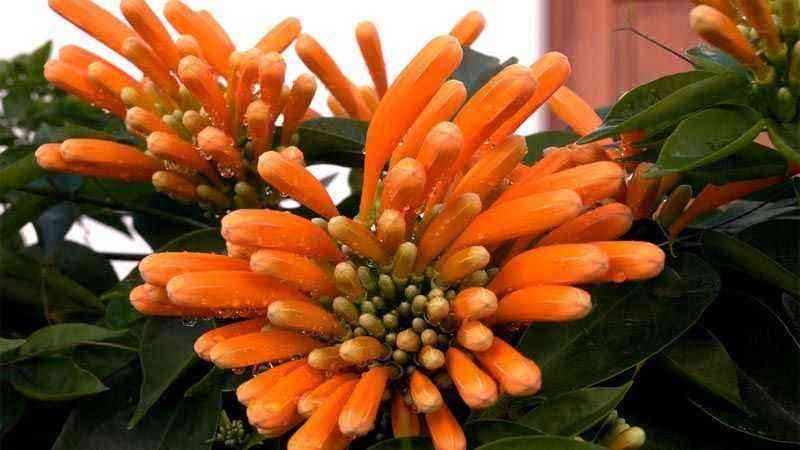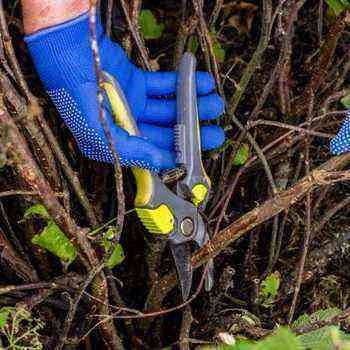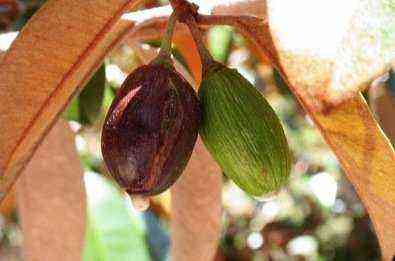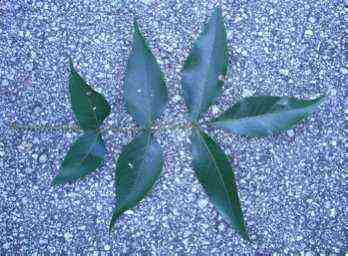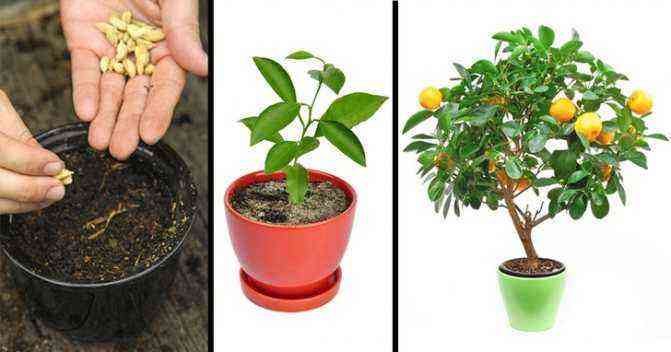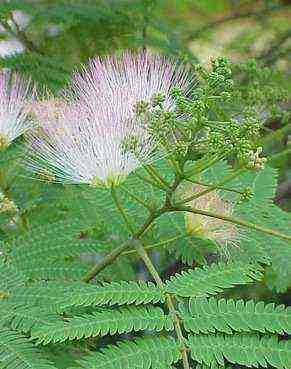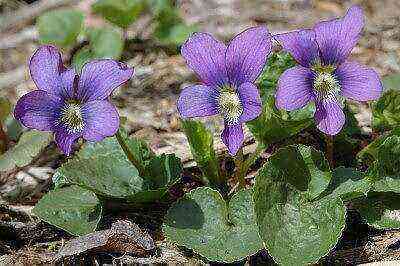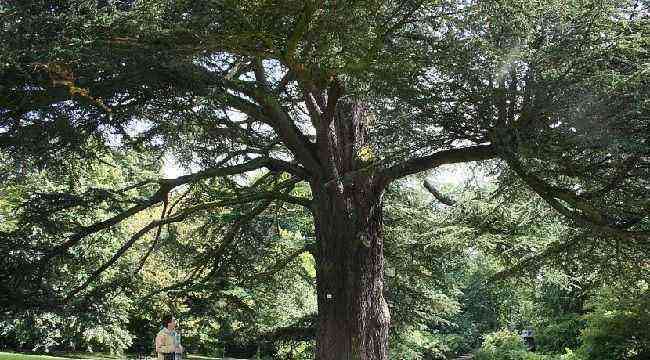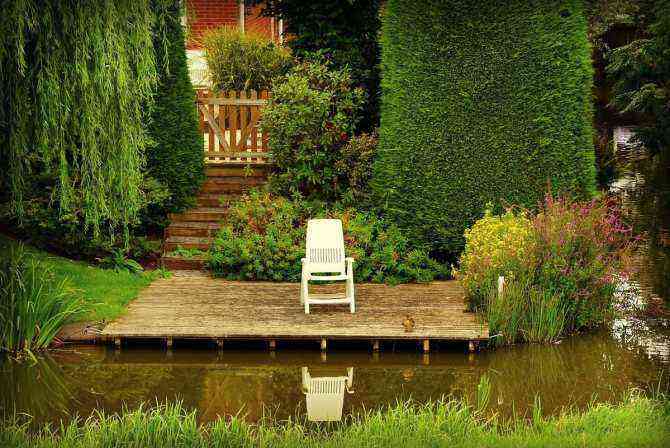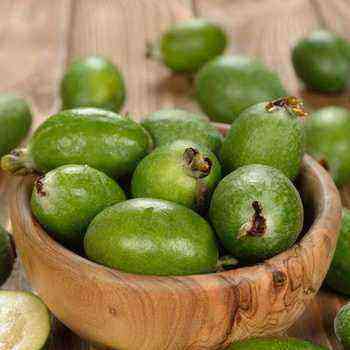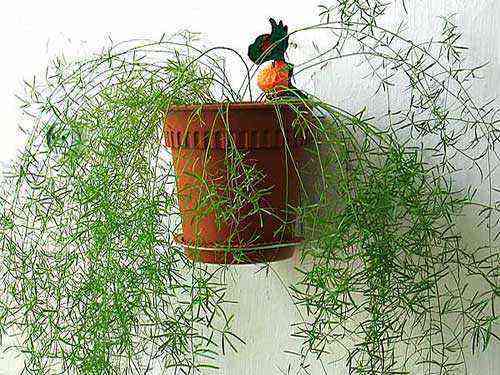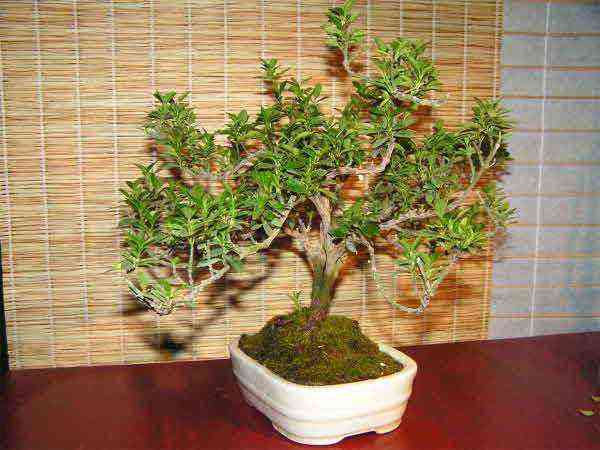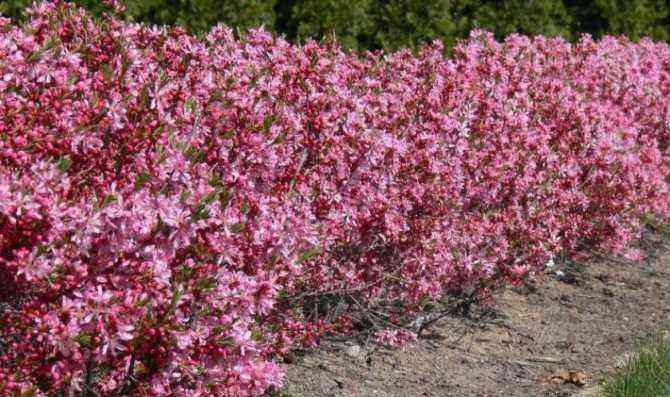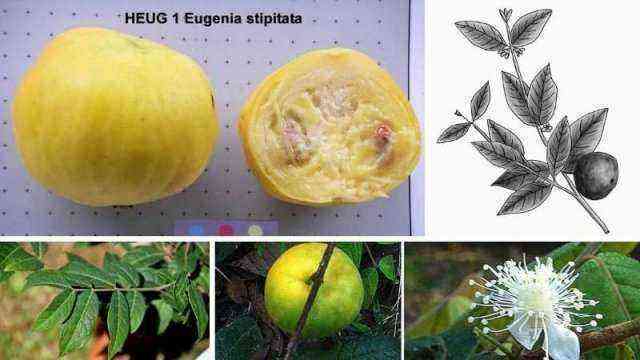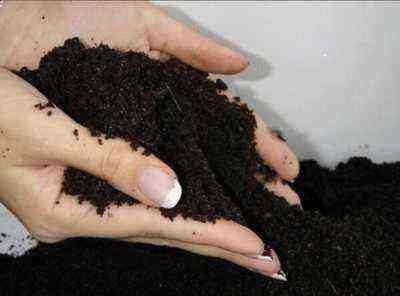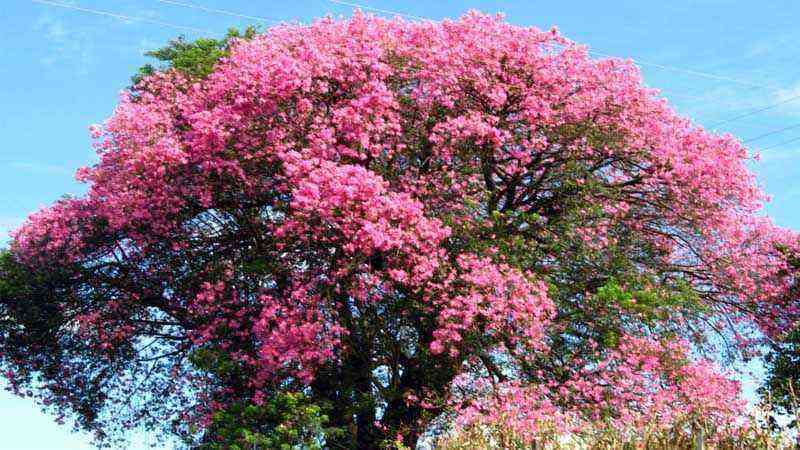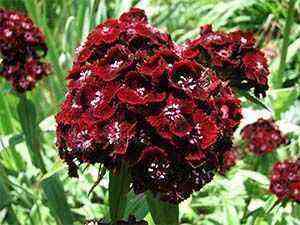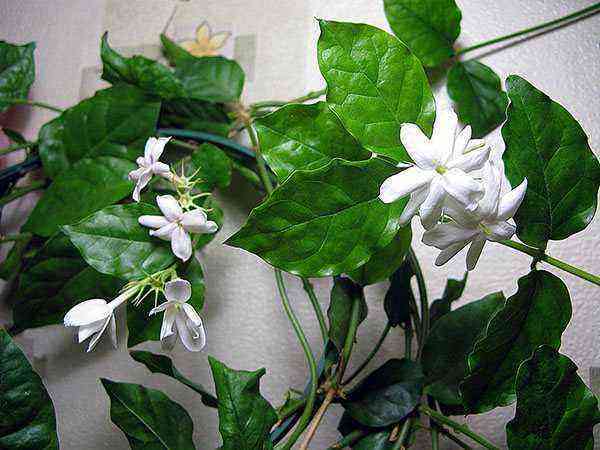
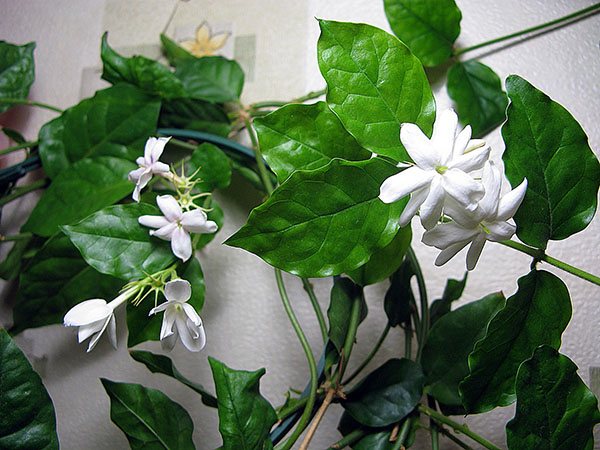
Jasmine Sambac is a great houseplant that will decorate any interior. Evergreen shrub means fragrant jasmine. Experienced flower growers and simple housewives, he enchants with its aroma and attractive appearance. To grow it at home, you need to have information about the characteristics of these crops. The photo of Sambac jasmine clearly shows the beauty of the leaves and flower of the plant.
On the subject:
Why jasmine leaves curl – we find out and …
September 27, 2019
Properties and application of jasmine oil in medicine and …
June 18, 2019
When to plant jasmine – the timing of planting a garden culture
January 2, 2019
Virginal is a terry variety of a winter-hardy garden …
Mar 20, 2018
BACK FORWARD 1 of 4
Botanical description
Jasminum Sambac is a perennial evergreen of the Olive family. This is a small shrub, the height of which varies from half a meter to three meters, depending on the variety. The foliage is rich green, elliptical in shape, smooth with rare veins, located opposite, in pairs, can also differ in size: length up to 12 cm, width up to 8 cm.
Jasmine flowers are small: 2-3 cm in diameter when in full bloom, consist of five, rarely seven or nine, petals. Buds are located at the ends of branches in groups of up to 12 pieces. The aroma is sweet, intense, most pronounced when the buds open in the evening (after 18:00). The shrub continues to bloom throughout the year with interruptions from one to two to three months.
Since the plant is native to tropical countries, it can be grown in open ground only in the southern regions, but indoor maintenance is more favorable for it.
Did you know? For the first time in Europe, they learned about this type of jasmine from the Arabs who brought jasmine oil, which they themselves called “zambag”. When the plant itself spread, the modified name “Sambac” was assigned to it.
Jasmine sambac – description, main characteristics
The liana shrub is native to South Asia, but in the wild it is also found in the tropics and subtropics.
Sambac can grow up to 3 meters in height and look more like a tree than a flower. On its stems, leathery, pinnate leaves grow. Their length can be from 2 to 10 cm.
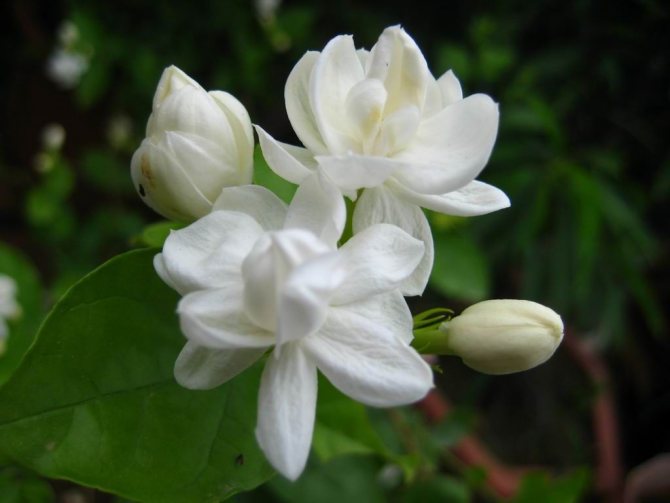
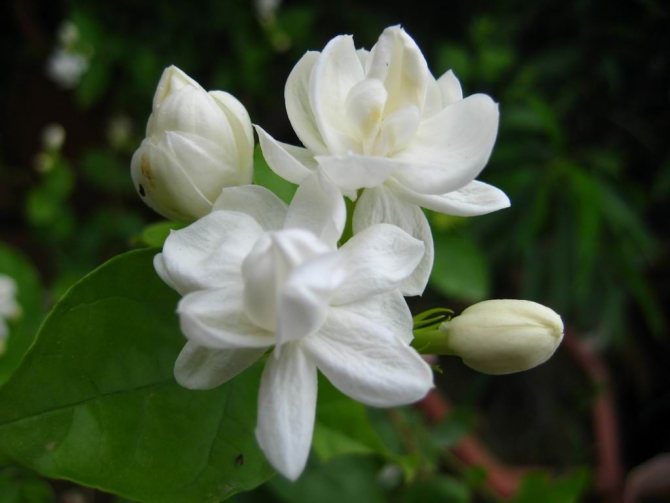
Jasmine sambac Arabian Knights
Sambac jasmine has very unusual flowers – thin tubes form a double or semi-double bud of small diameter. One stem can grow from 3 to 12 flowers.
Currently, there are more than 200 types of jasmine – it is actively used for the production of essential oil and flavored tea.
Interesting information! This type of jasmine got its name due to its smell – sambac is translated as “fragrant”.
Popular varieties
Arabian jasmine, aka Sambac, is represented by a large number of varieties, all of them intersect with each other. In view of this integration, it can be quite difficult to classify which subspecies a particular plant belongs to. Most often, a limited range of varieties are grown at home. How they are called and what are their features will be discussed later.
Arabian Knights
One of the most common varieties is Arabian Knights. It is a fast growing shrub that is not very demanding on conditions. The plant blooms from early spring to late autumn without interruption. The buds with double petals of regular rounded shape exude a sweet strong aroma. It is these flowers that are best suited for making traditional jasmine tea.
It is not too difficult to care for this variety: it is photophilous, but it easily tolerates light shading. Grows well in rooms oriented to the east or south. Requires rare watering and the obligatory presence of drainage.
Important! Despite the moderate moisture-loving variety Arabian Knights, the earthen coma should not be allowed to dry out, this can lead to a stop of flowering.
Grand Duke of Tuscany
Jasmine Grand Duke is not only the most unusual in appearance, but also the most capricious in terms of care. The plant is a tall (up to 1 m) bush with large dark green leaves and massive double flowers. The petals are white, rounded, with a bright floral scent.
This variety is sensitive to the level of moisture in the soil and air, the flower is extremely hygrophilous.… Nevertheless, despite the exactingness, the Grand Duke jasmine, with proper care, is able to bloom without interruption all year round.
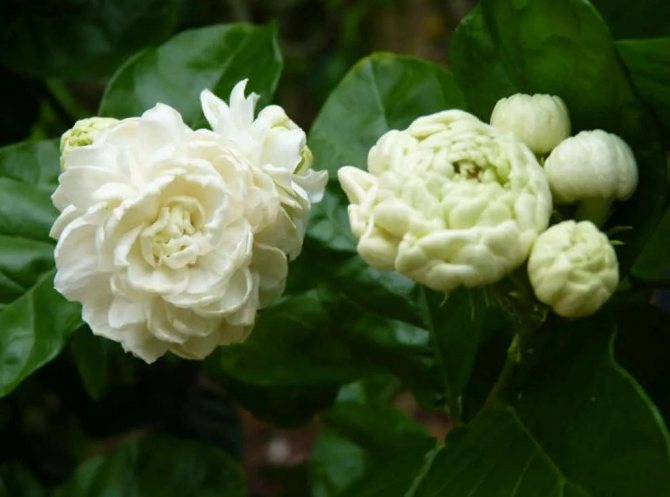
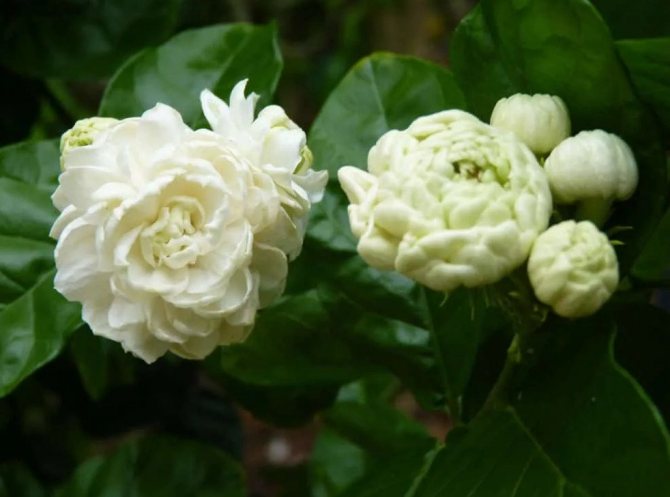
Maid of Orleans
The small, fast-growing liana-like plant is an unusual member of the Sambac species. The Virgin of Orleans rarely grows to a large size; more often, with the correct initial pruning, it forms into a neat bush.

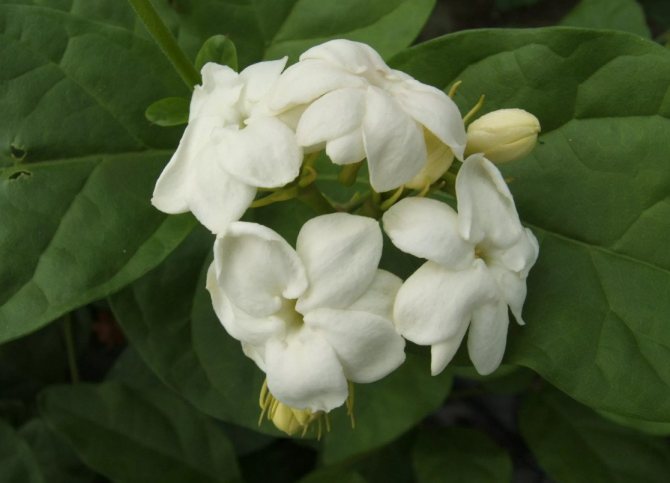
The flowers of this variety, unlike those described above, are not double, the petals are single, oval in shape. The foliage is smooth, glossy, ovoid, dark green in color. The peculiarity of the Virgin of Orleans is that the buds live after blooming for only a day, after which they fall off, giving way to the next.
Did you know? In India, the scope of application of jasmine is very wide, and not only flowers, but also other parts of the plant are used. In particular, a seasoning for dishes is made from the leaves, and when fresh they are added to green salads.
Belle of India
The variety Sambac Indiana or Beauty of India requires a separate description. It differs from its fellows by a slower growth rate and unusual flowering. A small bush blooms all year round with double white flowers with long pointed petals. The foliage is large, dense, oval with a pointed end, dark green in color. This shrub is unpretentious, loves moderate watering and warmth.
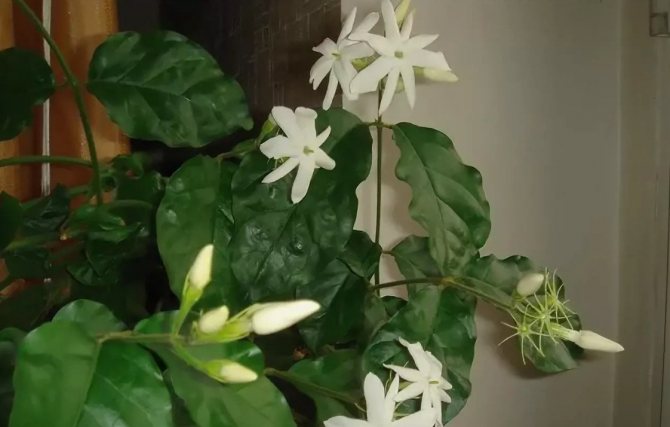

Home care
Taking care of Sambac jasmine is a bit troublesome, but at the same time the flower reacts gratefully to good conditions with long flowering and a dense crown. Plants love warmth, moisture and good lighting, whatever the season. In addition, each of the varieties of this species has its own preferences and reacts differently to external changes. For this purpose, the basic rules for keeping and growing shrubs will be considered in more detail.
Learn more about what the jasmine shrub looks like and how it grows.
Lighting
Like all tropical crops, jasmine is very photophilous, the growth rate of branches and foliage, as well as the duration and intensity of flowering, directly depends on this. At the same time, Sambac does not tolerate direct rays of the sun, in this case we are talking about midday light. The southeastern side of the apartment is the best location for the shrubbery. You can also grow it on a west-facing windowsill, but with a little shade.
The north side and any rooms with insufficient or artificial lighting are not at all suitable for jasmine. In such places, the plant will not only stop blooming, but can also shed its foliage.


Watering and top dressing
The organization of watering jasmine is the most important task in its cultivation. A tropical culture loves moisture, but does not tolerate its stagnation in the root area, so the plant is watered often, but in compliance with several rules:
- the presence of drainage to ensure the outflow of excess fluid;
- control of soil condition: moisten as the top layer of the soil dries up;
- change in the intensity of procedures depending on external conditions: at high air temperature and low humidity, watering is more intense, with the onset of coolness – more rare.
Important! The heat-loving Sambac does not tolerate cold water, therefore, for watering and irrigation, you need to warm it up to a temperature of + 25 … +30ºC.
The described tactics will avoid root decay and growth arrest. It is better to use soft, filtered or boiled water in order to prevent an excessive decrease in the level of soil acidity.
In addition, it is worth remembering that jasmine needs increased air humidity, this is especially important for the Grand Duke variety. To achieve this goal, it is recommended to install a humidifier in the room where the plant is located. However, this is a rather expensive device, so many growers get by with regular spraying of the crown of a flower from a spray bottle, as well as installing containers with water next to the flowerpots: aquariums, vases, decorative fountains.
Top dressing is required for jasmine only during the growing season and rapid flowering. It is recommended to use ready-made liquid fertilizers for flowering indoor plants according to the instructions every 7 days.
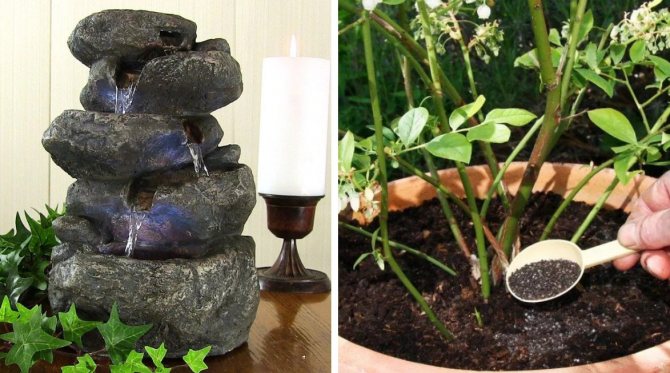
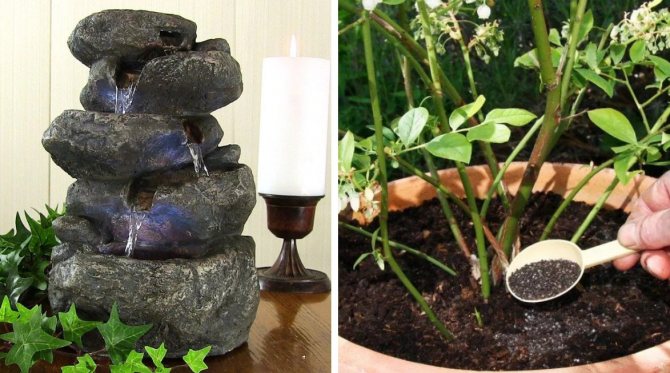
Transfer
Jasmine needs an annual transplant only for the first three years, while there is an intensive development of the root system and crown. In the future, an adult plant is moved to another container every three years as the roots grow (they should fill the pot as much as possible). In this case, the new flowerpot should be at most 2 cm larger than the previous one. If you transplant jasmine into a large container, its growth will slow down. Transhipment is traditionally carried out in spring or autumn, providing the plant with increased air humidity and abundant watering in the first weeks after housewarming.
Features of planting and soil preparation
As mentioned earlier, the thermophilic Sambac takes root best at home: on closed terraces, in greenhouses or on a windowsill in an apartment. In order for a plant to grow, develop and bloom, you need the right approach to planting and soil selection.
So, the soil for jasmine is neutral, with low acidity. Moreover, it should be light, porous, contain sand, peat and humus. It is best to use ready-made potting mixes from a store, this will reduce the likelihood of infection of the flower with various diseases. You will also need expanded clay, which will perform a drainage function, and a container for planting.
The container for planting a seedling should not be very large; a container with a volume of 2–2,5 liters will do. A layer of expanded clay (about 2 cm) is poured at the bottom of the flowerpot, then filled up to half with soil, jasmine is planted, sprinkled with the rest of the earth and watered. Young seedlings should be kept at a temperature of 18… 20ºC away from drafts and direct sunlight.
Diseases and pests
The high sensitivity of indoor jasmine to external conditions is not the only problem in caring for it. Very often, the plant suffers from damage by various types of pests. The most common infestation is by aphids, scale insects and spider mites.
Read more about why jasmine does not bloom and grows poorly.
aphid is a dangerous pest whose larvae feed on foliage and flower juices. It can be detected by examining the leaves, especially their inner surface. When aphids breed, many small greenish or yellow larvae appear.
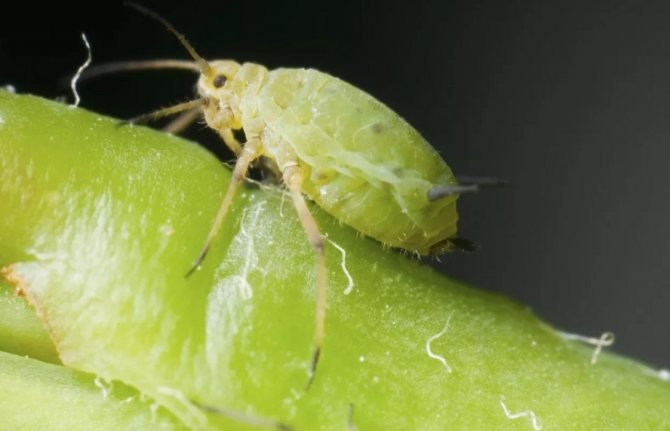

After detecting the parasite, urgent measures must be taken:
- quarantine the plant, separating it from healthy flowers;
- wash the jasmine foliage with soapy water;
- then rinse the crown under a hot shower (+ 40ºC).
If the measures taken have not yielded results, you need to treat the foliage with an industrial insecticide (for example, “Akarin”) according to the instructions. It is advisable to repeat the treatment two more times with an interval of a week.
Learn more about why jasmine leaves curl and what to do about it.
Shield Is another pest capable of destroying Sambac. These are flat light brown beetles that feed on the sap of the flower. They can be detected by visual inspection, they are often placed on the inner surface of foliage and in the bends of the stems. In addition, it is possible to determine the defeat of this parasite by the presence of a sticky coating on the leaves.
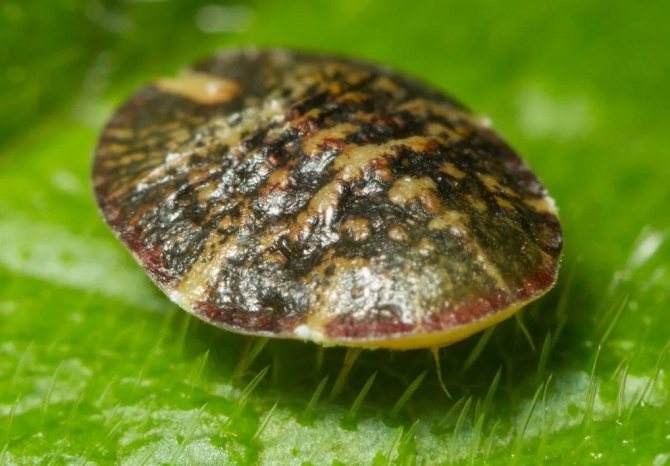
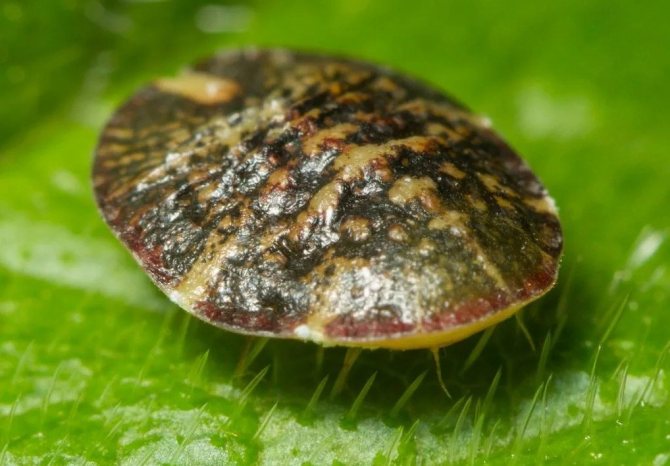
The treatment is the same as for aphids, but, as a rule, a single application of the insecticide is sufficient.
spider mite – the most insidious enemy of jasmine. Its adults are rare, and cobwebs and laid eggs are easy to miss on foliage. White puncture points and the appearance of cobweb particles should be suspicious.
Getting rid of a tick is not easy, the main condition is high humidity and frequent hot sprinkling. In the absence of the effect of the measures taken, acaricides (for example, “Apollo”) should be used according to the instructions with a repetition of the treatment after three days.
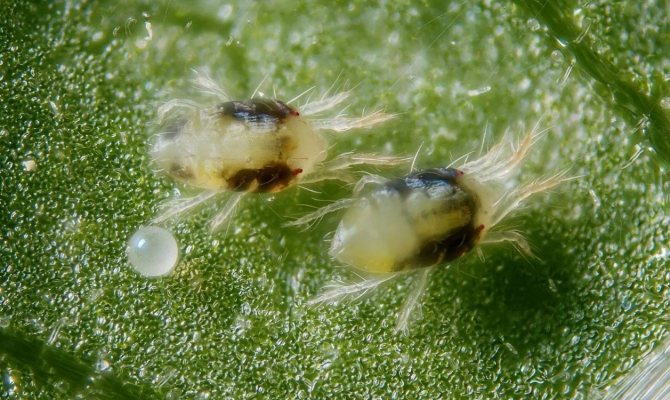
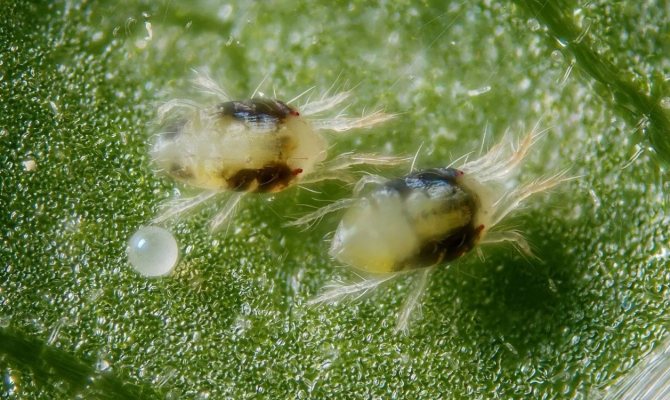
Jasmine diseases are usually associated with a violation of the rules of care, stagnant water in the soil, dry air, too high or low temperature in the room. Under such conditions, root rot or wilting of foliage can occur. It is almost impossible to fight rot, so preventive measures to create favorable conditions are important.
Read more about the difference between mock orange and jasmine.
Also, the flower often suffers from chlorosis, lack of magnesium and iron. In this case, the foliage is covered with light-colored pigment spots. The appearance of the first signs becomes the basis for the use of special agents that compensate for the lack of nutrients (for example, Ferovit).
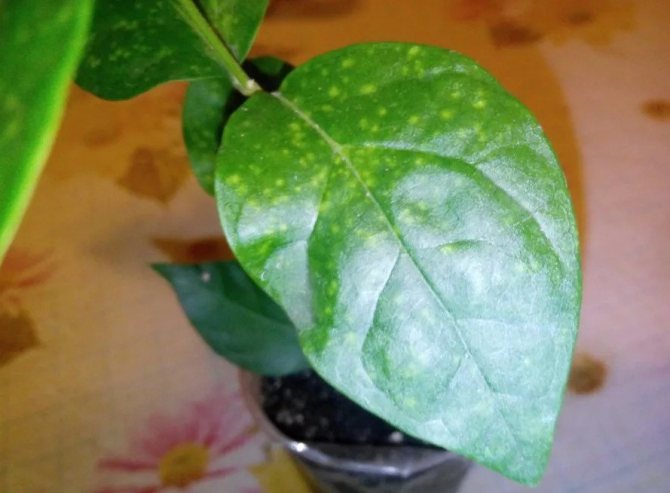
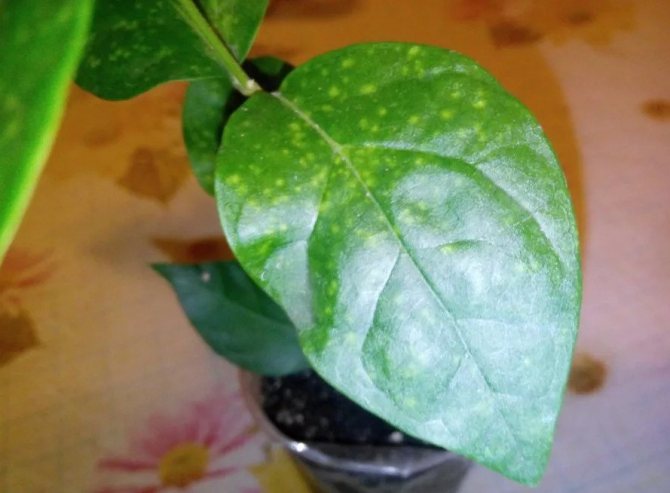
Love and family
Jasmine is not one of those women who can forget about everything around and surrender to unbridled passions. She will not surprise anyone with an unexpected wedding either. A girl with this name takes the choice of a spouse very seriously. She has the same approach to family life in general. She must see that she and the man have common interests and principles, and that he can adequately support the family.
In relationships with her loved ones, Jasmine is always affectionate and attentive. This is an excellent, diligent hostess and caring mother. A husband in a relationship with her may lack temperament and sensuality, but otherwise he has nothing to complain about.
Reproduction
Sambac is propagated in two ways: by cuttings and layering.
- Cuttings usually begin to harvest in the period between flowering – in summer. Immediately after cutting, they are planted in separate small containers filled with a substrate (soil mixture + sand in equal parts) to a depth of 2 cm and watered, maintaining a constant soil moisture. When kept in a room with a temperature of + 20 … + 22ºC, the shoots take root within 30 days.
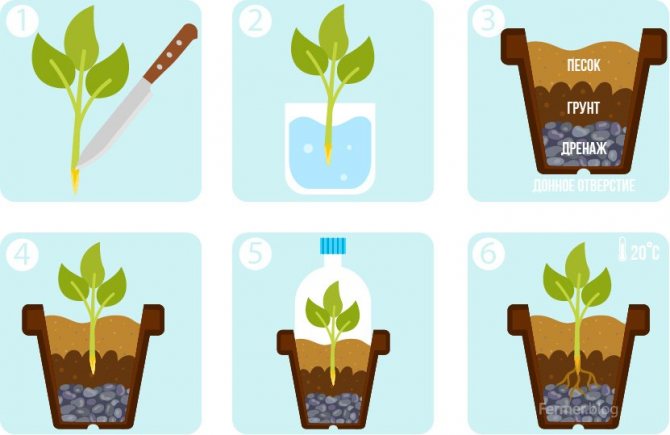
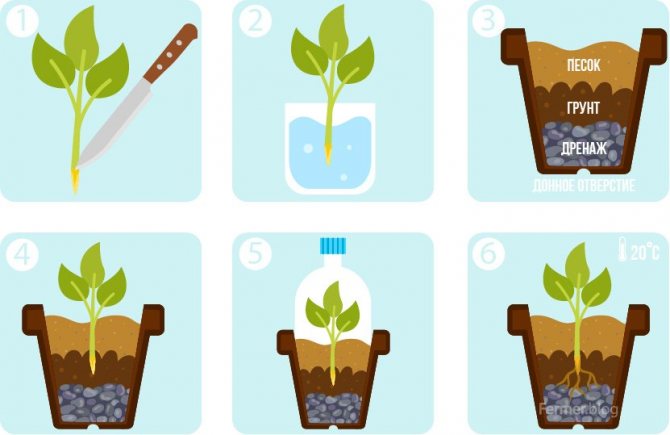
- Layers it is easier to propagate jasmine, but the plant does not always respond adequately to these attempts. To do this, you need to make a vertical incision in the selected shoot in the internode. Then deepen this part into the substrate and moisturize regularly. If there is enough moisture, then the cuttings will take root after a month.
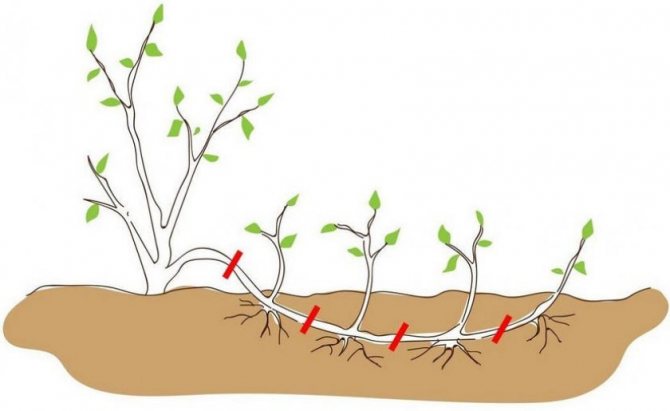

So, acquaintance with an unusual houseplant, Sambac jasmine, made it possible to study in more detail the features of its cultivation and reproduction. We can conclude that caring for a flower is a very troublesome task. However, the exactingness of the shrub is justified by a magnificent long flowering, accompanied by a bright aroma.
